Any time, any time while I was a slave, if one minute’s freedom had been offered to me, and I had been told I must die at the end of that minute, I would have taken it — just to stand one minute on God’s airth a free woman— I would. —Elizabeth (Mumbet) Freeman
On Aug. 22, 1781, Elizabeth Mumbet Freeman, secured her freedom in a precedent setting court case.
As explained at the Freeman Center,
She had sought out an attorney to sue for her freedom under the newly ratified Massachusetts state constitution. With the help of Theodore Sedgwick, a Stockbridge attorney and abolitionist, she pled her case in the Court of Common Pleas in Great Barrington in August 1781.
Freeman was one of the first enslaved people in Massachusetts to file a “freedom suit” and win in court under the 1780 constitution, with a ruling that slavery was illegal.
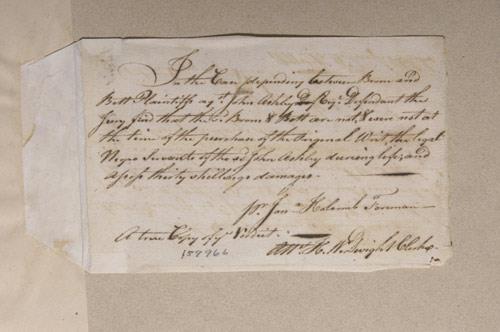
Verdict in Brom and Bett v. Ashley case.
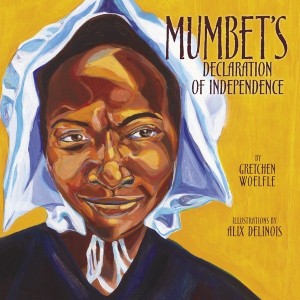 Years later, under the Dred Scott decision, she would not have been allowed a voice in court nor to challenge her status as property.
Years later, under the Dred Scott decision, she would not have been allowed a voice in court nor to challenge her status as property.
To introduce students to the story of Elizabeth Mumbet Freeman, we highly recommend Mumbet’s Declaration of Independence.
The picture book gives young readers a slavery-to-freedom narrative that is clever, honest, and age appropriate. Gretchen Woelfle’s recounting of Freeman’s true story of resistance and liberation is smartly written and beautifully illustrated by Alix Delinois.
Woelfle also includes Mumbet’s story in a collection of profiles for middle school, Answering the Cry for Freedom: Stories of African Americans and the American Revolution.
Learn More
- Elizabeth Freeman statue in the historical galleries at the Smithsonian National Museum of African American History and Culture (NMAAHC).
- Portrait and biography from Americans Who Tell the Truth
- Brom & Bett v. J. Ashley Esq. court records
- Elizabeth Freeman (Mum Bett) in PBS Africans in America
- Learning for Justice Hard History podcast includes examples of more “Liberty Suits”

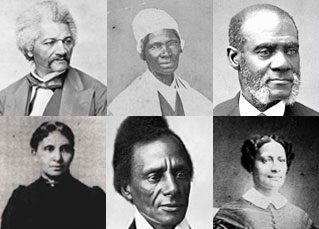
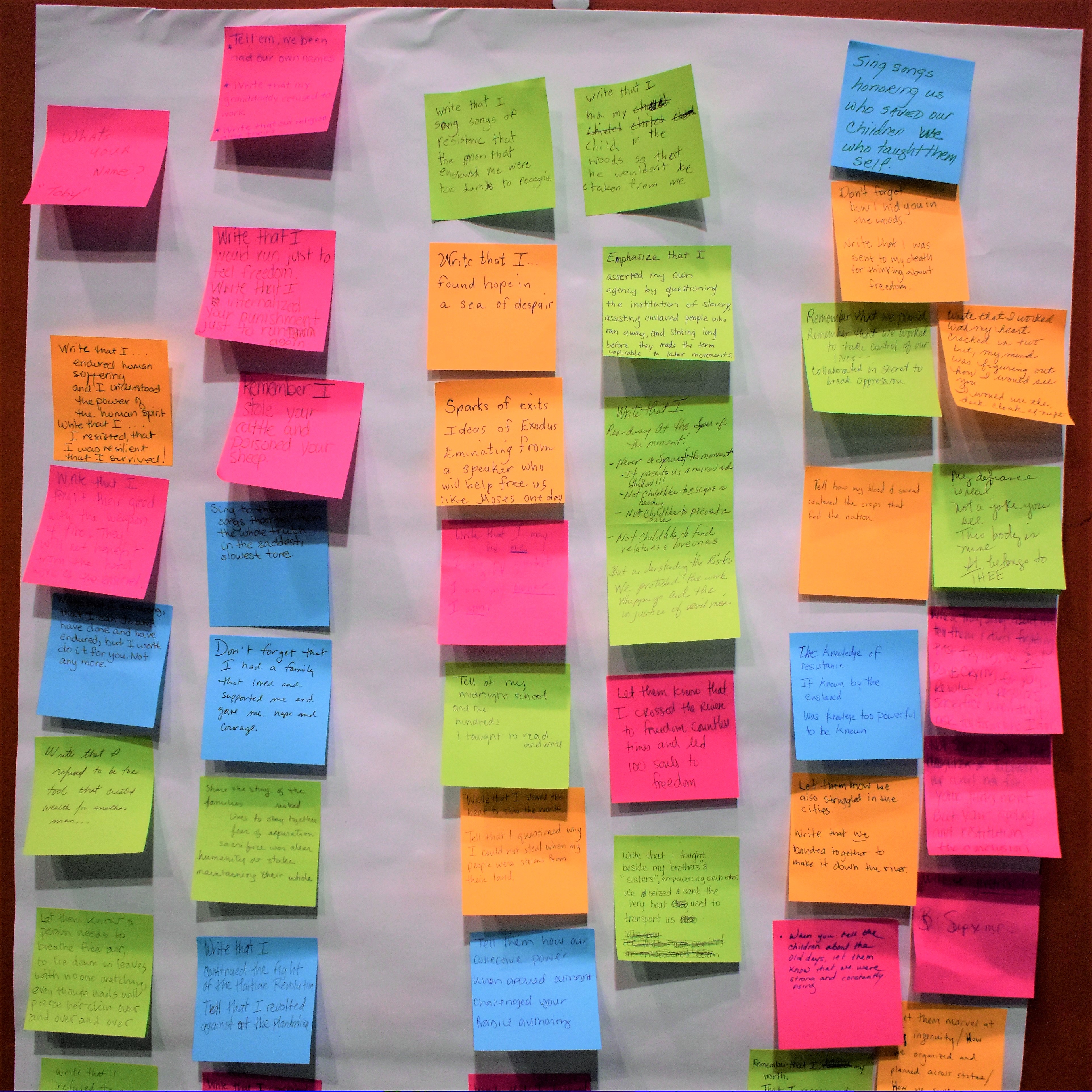
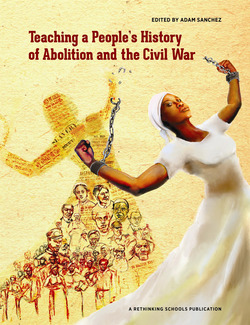
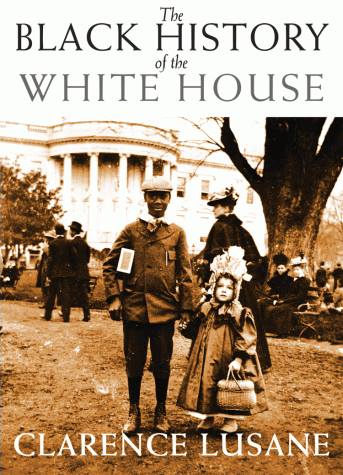
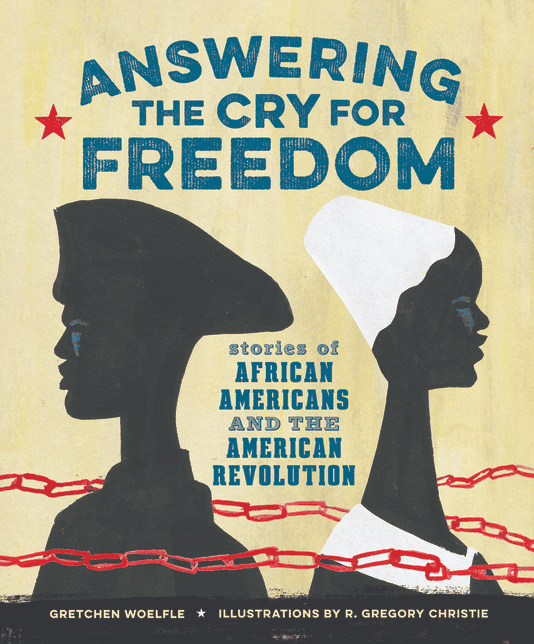







Twitter
Google plus
LinkedIn